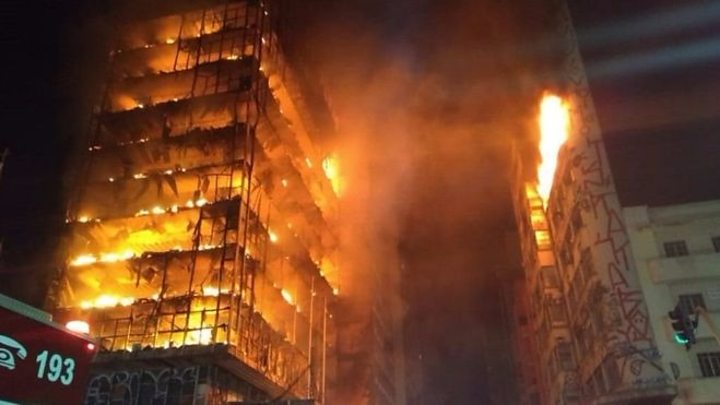By Richard Mann
RIO DE JANEIRO, BRAZIL – Brazilian insurance market turnover totaled R$81 billion (US$20.3 billion) in the first quarter of this year, showing a 4.9 percent increase over the same period last year.

The outcome does not include additional health data, which are made available each quarter by the National Supplementary Health Agency (ANS), or Personal Injury Insurance for Road Vehicles (DPVAT).
Including DPVAT figures, collection rises to R$82.2 billion and growth in the four months stands at 3.2 percent, told Alexandre Leal, the technical and study director of the National Confederation of Insurance Companies (CNSEG), to Agência Brasil today.
This year’s accumulated growth was felt in maritime and aviation insurance (52.5 percent), credit and guarantees (38.4 percent), property (16.1 percent), and personal risk coverage plans (14.8 percent). According to Alexandre Leal, the sectors’ performance this year is highly divergent.
Vehicles
Alexandre Leal reported that in damage and liability insurance, the main portfolio in the segment, representing nearly 50 percent of the collection, there was no growth in the first quarter of 2019, but rather a slight decrease of 0.4 percent. Meanwhile, other less-relevant areas of activity in terms of the collection grew significantly: “This is the case of property insurance, with a 16 percent increase, or guaranteed credit, with over 38 percent increase.”

In Leal’s assessment, this somewhat reflects the population’s demand for some form of protection. “It is mostly linked to economic growth, employment, and income.”
The director stated that the economic recovery might increase demand for insurance. The prospect is that if employment is more consistently resumed and workers’ earnings increase, this will eventually be more fruitfully reflected in the insurance sector.
Projections
The confederation expects growth of approximately 6.9 percent for the sector as a whole in 2019, below the 7.1 percent forecast made in February of this year.
Under this more optimistic scenario, the Gross Domestic Product would grow 1.3 percent in the year; industrial production would increase by 1.57 percent; the Selic basic interest rate would drop to 6 percent per year; the exchange rate would be at R$ 3.61; and official inflation would be 3.80 percent, measured by the Broad Consumer Price Index (IPCA).
From a pessimistic standpoint, the sector’s expected increase is 4.7 percent, taking into account the approval of the Pension reform, the steeper devaluation of the exchange rate, higher basic interest rates and economic growth below that observed in 2018, which was around 1.1 percent.
According to Márcio Coriolano, president of CNSEG, “the growing uncertainty, both in the Brazilian economy and on a global scale, renders projections a challenging endeavor. There are so many variables liable to cause a reaction or retraction in the markets, that their combination, in the end, will define the trajectory of the insurance sector.”

